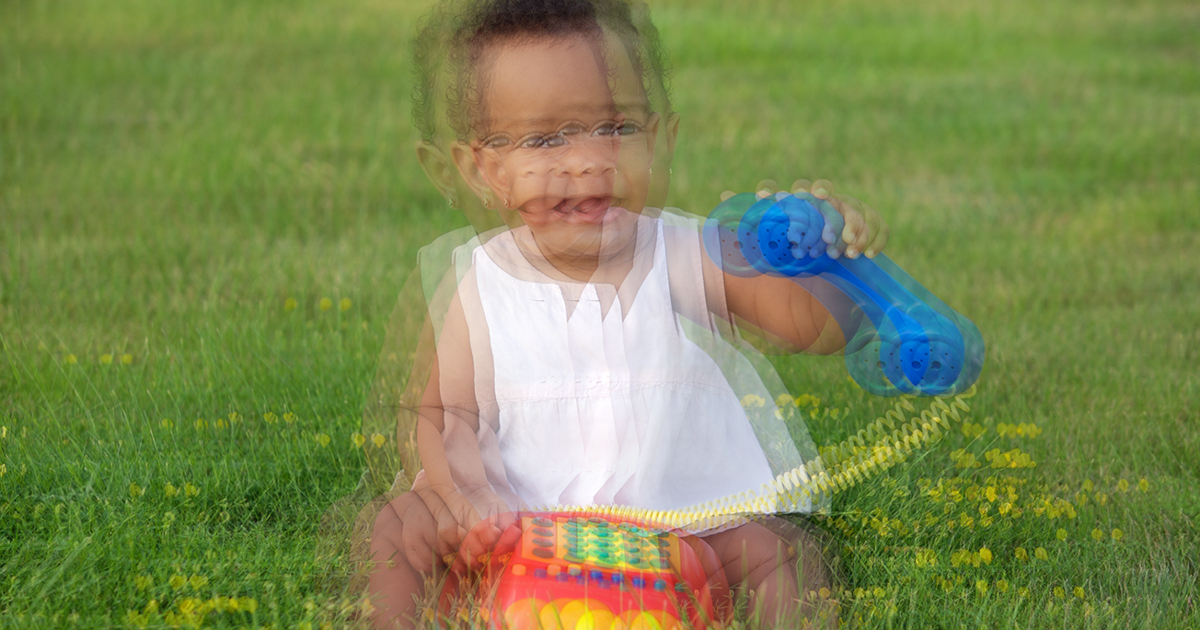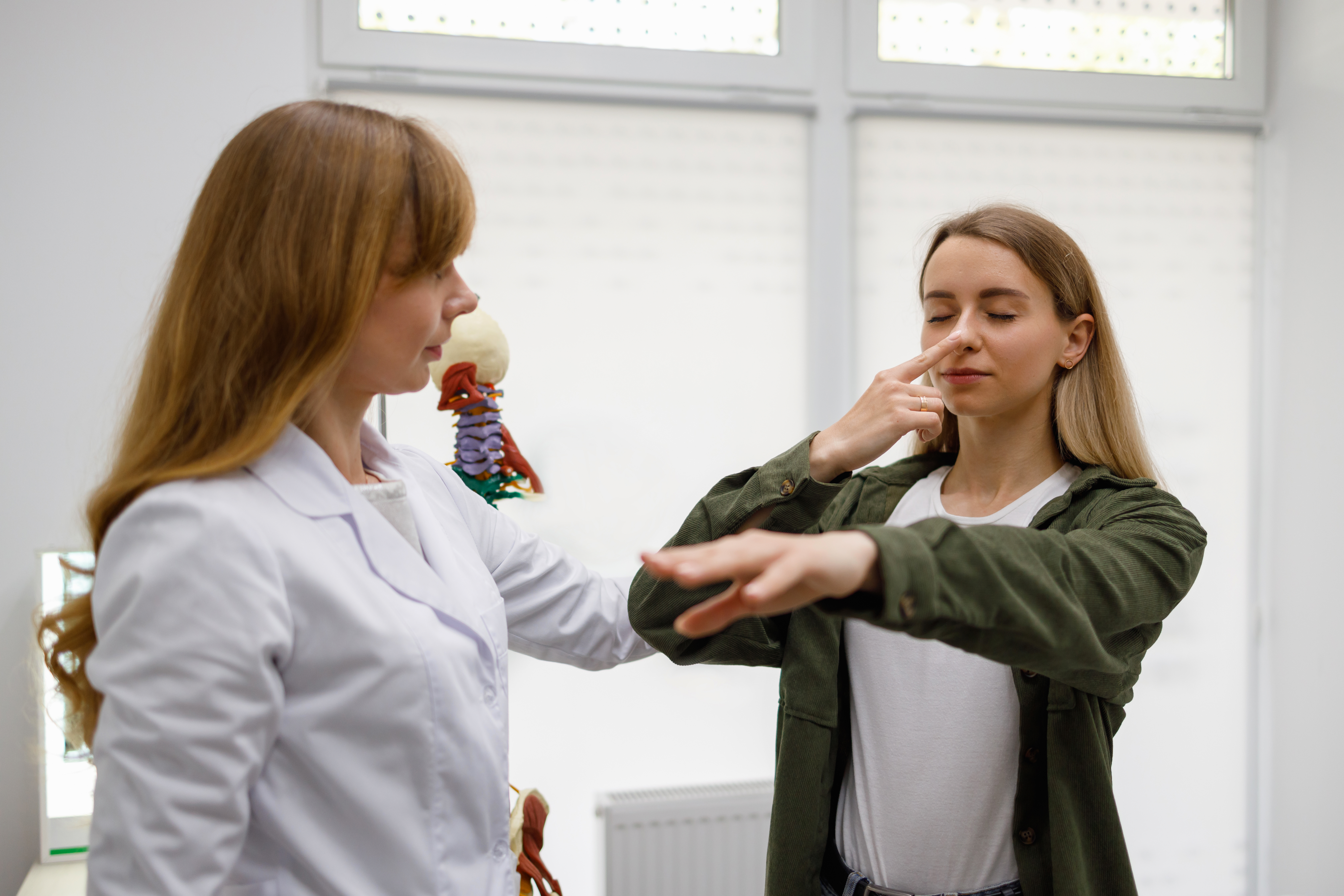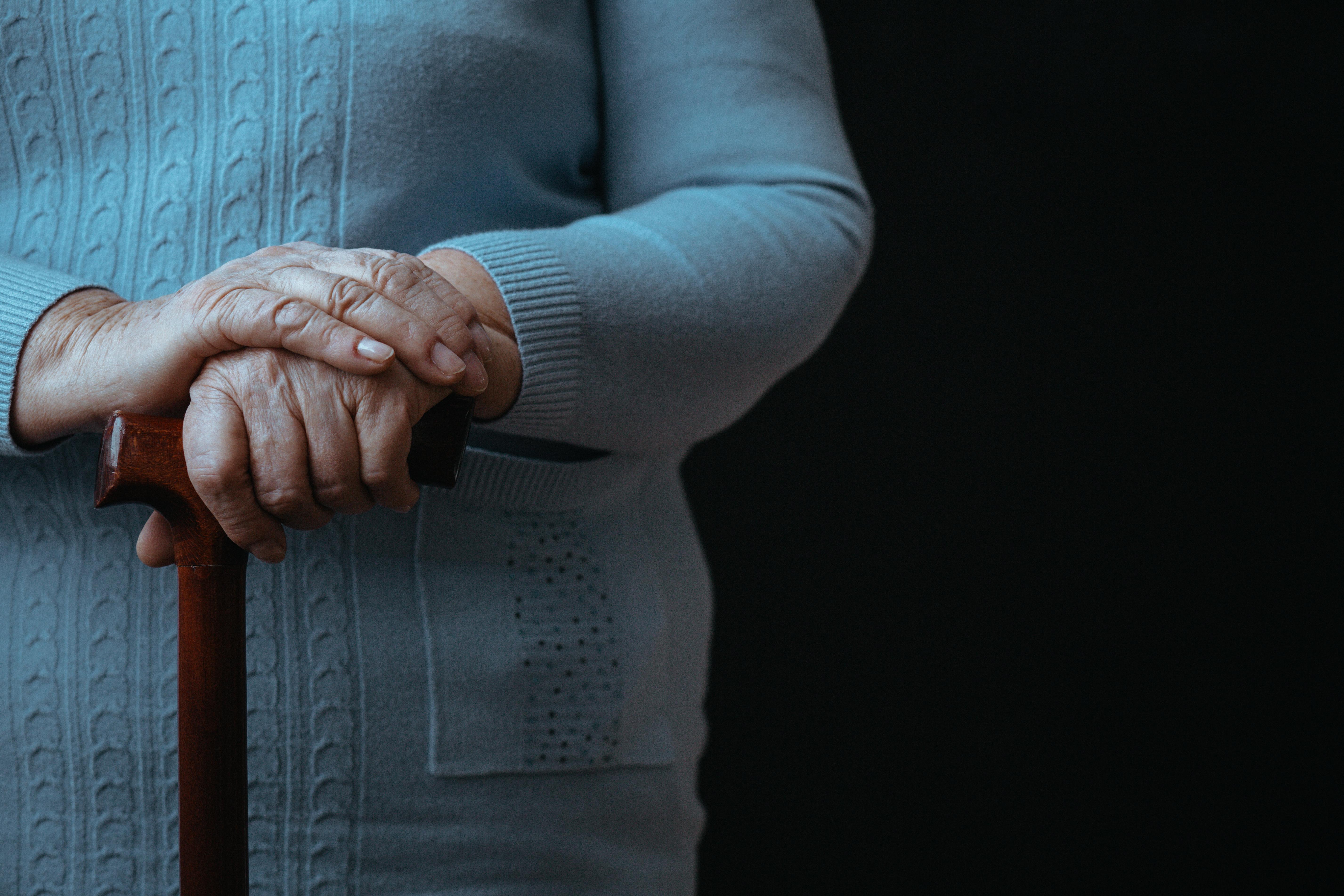15 Warning Signs Of Cerebellar Degeneration
The cerebellum—tucked quietly at the back of your brain—plays a vital role in balance, coordination, and movement. But when its neurons begin to deteriorate, the effects ripple outward in unexpected, often alarming ways. Cerebellar degeneration isn’t a single disease—it’s a symptom of something deeper: genetic mutations, chronic alcohol abuse, autoimmune responses, or even hidden cancers triggering the immune system to misfire. What begins as clumsiness or dizziness can escalate into serious mobility, speech, or vision issues. Because its onset is often subtle, early recognition is critical. That’s why we’ve expanded our list to 15 Warning Signs of Cerebellar Degeneration—to help you recognize the red flags before they progress. Whether you're noticing changes in yourself or someone you love, awareness is the first step toward diagnosis and care. Don’t wait for a fall to start asking questions. The cerebellum may be small, but its warning signs carry weight.
1. Dysphagia

Dysphagia is a medical term used when patients have difficulty swallowing. When it's hard to start swallowing, the condition is called oropharyngeal dysphagia. The condition can also cause food to feel stuck in the chest or throat, where it is called esophageal dysphagia. The oropharyngeal type might happen because the nerves and muscles in the back of the throat, upper esophagus, and mouth are functioning abnormally. This dysfunction, in turn, might be caused by cerebellar degeneration. Patients with dysphagia may experience pain when they swallow, but pain during swallowing alone isn't dysphagia. Instead, pain during swallowing is called odynophagia, and it's often caused by an inflammation or infection of the esophagus. The condition should also be differentiated from globus sensation, a condition in which individuals constantly feel like something is stuck in their throat. Globus sensation presents without difficulty swallowing.
2. Muscle Weakness

Cerebellar degeneration patients may experience muscle weakness. The cerebellum works by receiving information from the rest of the nervous system: the peripheral nerves, spinal cord, and other portions of the brain. From there, it regulates the body's motor movements. If the cerebellum cannot regulate voluntary movements, patients may experience a weakness in the muscles. This muscle weakness might also occur if the nerve signal is interrupted. Some hereditary forms of cerebellar degeneration can be confirmed through genetic testing. However, genetic tests only work in cases where the particular gene that causes the problem is known. When the condition isn't inherited or the affected gene is unknown, doctors use imaging studies like MRIs and CT scans to diagnose the condition. Both of these studies can show abnormalities in the brain that are typical in patients who have cerebellar degeneration.
3. Jerky Limb Movements

Individuals with cerebellar degeneration may experience jerky limb movements, which tend to be unsteady or slow. They're sometimes caused by dystonia, a disorder that causes uncontrollable muscle contractions. When the muscles contract, the body part involuntarily twists, which can lead to abnormal postures. Though dystonia might affect only one muscle, it typically affects multiple systems when associated with cerebellar degeneration. Common symptoms include cramping in the feet, pulling in the neck, uncontrolled blinking, and difficulty speaking. Fatigue and stress might make the symptoms worse. Dystonia is related to the basal ganglia, the area of the brain located in the cerebrum that initiates muscle contractions. Dystonia typically presents in cases of cerebellar degeneration where other parts of the brain are also affected. In addition, jerky movements in the limbs can be a symptom of ataxia, which is a much more common symptom caused by dysfunction in the cerebellum.
4. Uncoordination And Difficulty Walking

It's common for patients with cerebellar degeneration to experience uncoordination and difficulty walking. These symptoms are associated with ataxia, a lack of control or ability to coordinate voluntary muscle movements. Since the cerebellum regulates voluntary muscle movement, as stated, ataxia is one of the most common symptoms of cerebellar degeneration. Individuals also tend to have poor coordination, and when they walk, the gait tends to be unsteady. They're also more likely to stumble. Along with these difficulties, patients may have difficulty speaking and trouble with fine motor tasks like writing, eating, and buttoning shirts. There may be involuntary eye movements. Because ataxia is almost always related to cerebellum damage, it's important for individuals with these symptoms to see their doctors as soon as possible.
5. Diplopia

Diplopia, double vision, may occur in one or both eyes. It's considered very serious if it persists when both eyes are open. With that said, diplopia in one eye when the other is closed is still considered serious. There are multiple causes of double vision. In some cases, the condition is caused by the muscles in the eyes. If one eye has weakened muscles, the eyes won't move in sync. This can occur because of weakened connections from the brain to the nerves that control the muscles. The nerves themselves might cause diplopia if they have trouble carrying information from the brain to the eyes. The optic nerves also connect straight to the brain. If the brain isn't processing images properly, that can cause double vision as well.
6. Nystagmus

Nystagmus is an involuntary, rhythmic oscillation of the eyes that often accompanies cerebellar degeneration. Patients may notice their vision “jumping” side to side, up and down, or even in a rotary motion. This occurs because the cerebellum normally fine-tunes the neural signals that stabilize gaze; when it’s impaired, the eyes can’t lock steadily on a target. Nystagmus can lead to blurred vision, dizziness, and difficulty reading. Treatment focuses on addressing the underlying cause, plus supportive measures like tinted lenses or vestibular therapy to help the brain compensate for unstable eye movements.
7. Intention Tremor

An intention tremor appears during purposeful movement—such as reaching for a glass—and worsens as the hand approaches its target. Unlike resting tremor, which occurs at rest, intention tremor reflects cerebellar damage disrupting the smooth coordination of agonist and antagonist muscles. Patients may overshoot or undershoot intended movements, making everyday tasks like pouring tea or buttoning a shirt challenging. No cure exists, but physical therapy can improve motor control, and in severe cases, medications (e.g., low-dose propranolol) or deep brain stimulation may reduce tremor amplitude.
8. Dysarthria

Dysarthria refers to slurred or slowed speech caused by weakened or uncoordinated muscles used in talking. When the cerebellum can’t properly regulate the timing and strength of the tongue, lips, and vocal cords, speech becomes uneven—often described as “scanning” or “explosive.” Patients might speak in irregular bursts, have variable volume, or pause unexpectedly. Speech therapy is the cornerstone of management, teaching techniques to control breath support, pacing, and articulation. Augmentative communication devices can also aid those with severe dysarthria to ensure effective interaction.
9. Vertigo and Dizziness

While ataxia primarily affects limb coordination, cerebellar degeneration can also disrupt balance pathways, leading to vertigo—an intense spinning sensation—and persistent dizziness. Patients may feel as though their surroundings are moving, making standing or walking unsafe. Vestibular rehabilitation exercises, which retrain the brain’s interpretation of motion signals, can help reduce symptoms. In some cases, medications like meclizine or low-dose benzodiazepines are prescribed short-term to ease acute vertigo, but long-term therapy focuses on habituation and compensation strategies.
10. Hypotonia

Hypotonia is characterized by abnormally low muscle tone—patients’ limbs feel “floppy” and offer little resistance when moved passively. This reflects the cerebellum’s role in modulating baseline muscle tension. Hypotonia can impair posture, making sitting unsupported difficult, and may contribute to joint laxity or scoliosis over time. Management includes physical and occupational therapy to strengthen antigravity muscles, use of orthotic devices for joint support, and teaching adaptive techniques to maintain functional mobility and prevent contractures.
11. Dysmetria

Dysmetria is the inability to judge the distance or range of a movement, leading to overshooting (hypermetria) or undershooting (hypometria) a target. It’s often tested by asking patients to alternately touch their nose and the examiner’s finger. Dysmetria arises when the cerebellum can’t accurately scale muscle force and timing. Repetitive practice under therapist guidance can improve accuracy, and weighted utensils or splints may temporarily stabilize tremulous movements during tasks like eating or writing.
12. Rebound Phenomenon (Holmes’ Sign)

Normally, if you push a patient’s forearm down and they resist, they’ll stop when the force is removed. In cerebellar degeneration, patients can’t quickly halt muscle activity, causing the arm to “rebound” violently—sometimes striking themselves. This rebound phenomenon highlights cerebellar deficits in rapidly adjusting muscle contractions. Management focuses on motor control training: slow, resisted movements taught by physical therapists to rebuild adaptive reflexes and reduce injury risk from sudden, uncontrolled rebounds.
13. Wide-Based Gait

A classic hallmark of cerebellar ataxia is a broad, unsteady walking pattern—feet placed more widely than shoulder-width apart to compensate for poor balance. Patients may stagger, veer off course, or take irregular steps. Gait training with a physical therapist can improve safety since such exercises emphasize weight shifting, trunk control, and the use of assistive devices (e.g., walkers with wide bases). Occupational therapists may also recommend home modifications, like grab bars and non-slip flooring, to prevent falls.
14. Cognitive and Emotional Changes

Although primarily a motor disorder, cerebellar degeneration can also influence cognition and mood—a constellation sometimes called “cerebellar cognitive affective syndrome.” Patients may experience executive dysfunction (difficulty planning or multitasking), slowed thinking, or emotional blunting. Some develop irritability, disinhibition, or apathy. Neuropsychological assessment helps identify specific deficits, which can be addressed through cognitive rehabilitation, mood-stabilizing medications, and psychotherapy focusing on coping strategies for frustration and social communication.
15. Dysdiadochokinesia

Dysdiadochokinesia is the impaired ability to perform rapid alternating movements, such as flipping the palm up and down quickly. It reflects the cerebellum’s role in timing and sequencing muscle activation. Patients may struggle with tasks like tapping fingers in succession or pronation–supination drills. Practicing these movements under guidance can improve rhythm and speed. Therapists often use metronomes or rhythmic cues to retrain coordination, gradually increasing tempo as control improves.
Cerebellar degeneration doesn’t shout—it whispers through missteps, tremors, and subtle slips in speech or coordination. But those whispers matter. Left unrecognized, this condition can chip away at movement, communication, and even personality itself. That’s why spotting the early signs, from a wobbly gait to emotional shifts, isn’t just helpful but also important. These 15 warning signs are clues, pointing toward something deeper in the brain’s wiring that demands attention. The cerebellum might sit quietly at the back of the brain, but when it falters, the whole body feels the loss. The earlier you catch those signals, the more options you have—whether it’s managing progression, treating the underlying cause, or simply maintaining quality of life. Don’t dismiss the stumbles. Don’t ignore the double vision or speech changes. When balance breaks, it’s your cue to act. Because awareness is the first step toward preserving what matters most—control, clarity, and connection.